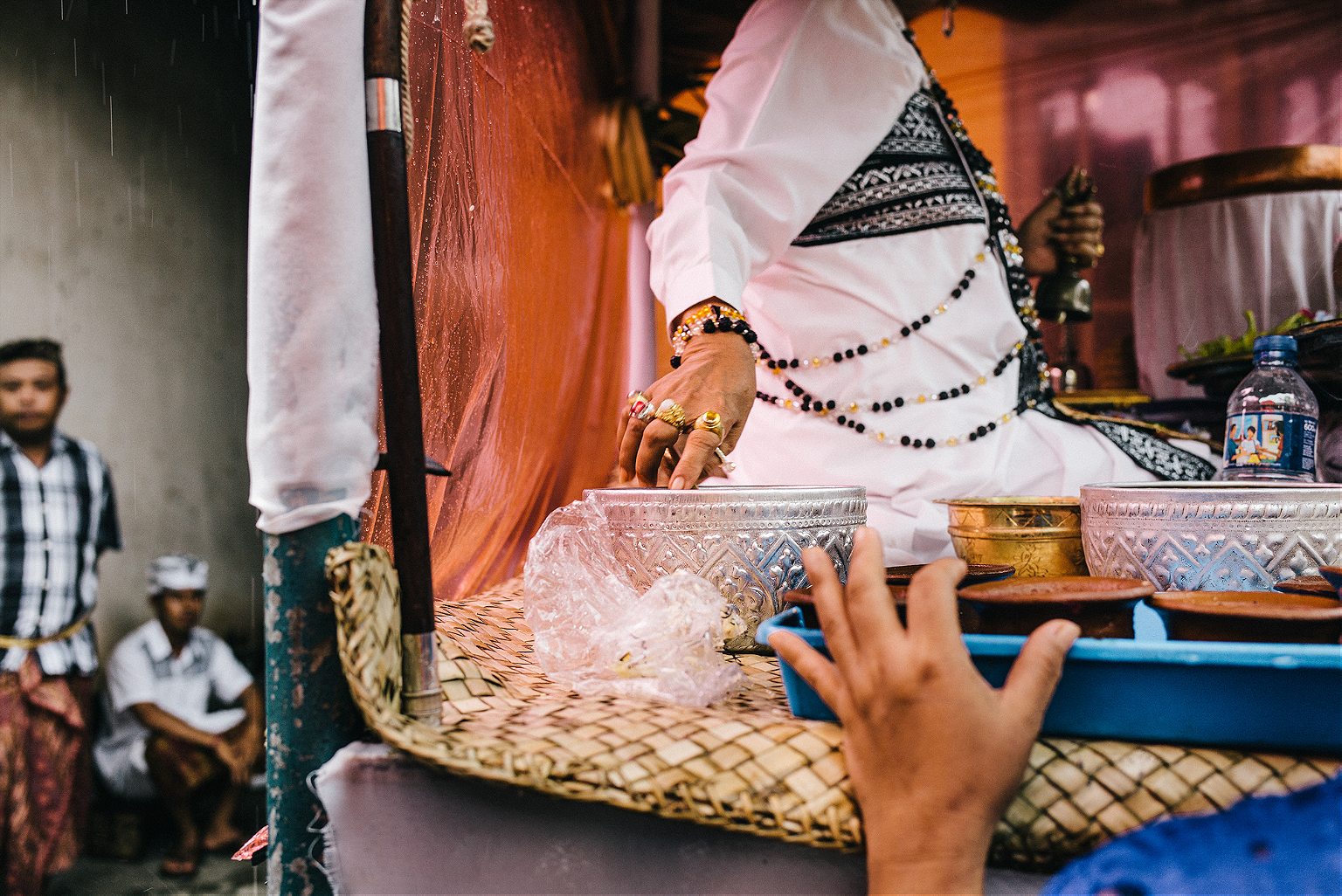Two days in the life of one of Bali’s rare female priests.
The High Priestess was not an early riser. It was about 10 in the morning and I was waiting for her, sitting on a heavy wooden chair in a white-tiled patio near the village of Tabanan, in Bali.
I had been greeted at her gate by housekeepers who had led me through a large home comprised of meticulously kept rooms with painted rooftops connected by pathways filled with tropical plants. A songbird sat at each intersection, a traditional status symbol in Indonesia.
I was nervous. Every time the rooster screeched, I jumped. The gorgeous bird was perched in a miniature temple of carved stone; a majestic display for his majestic owner. As I waited, I was instructed on how to address her.

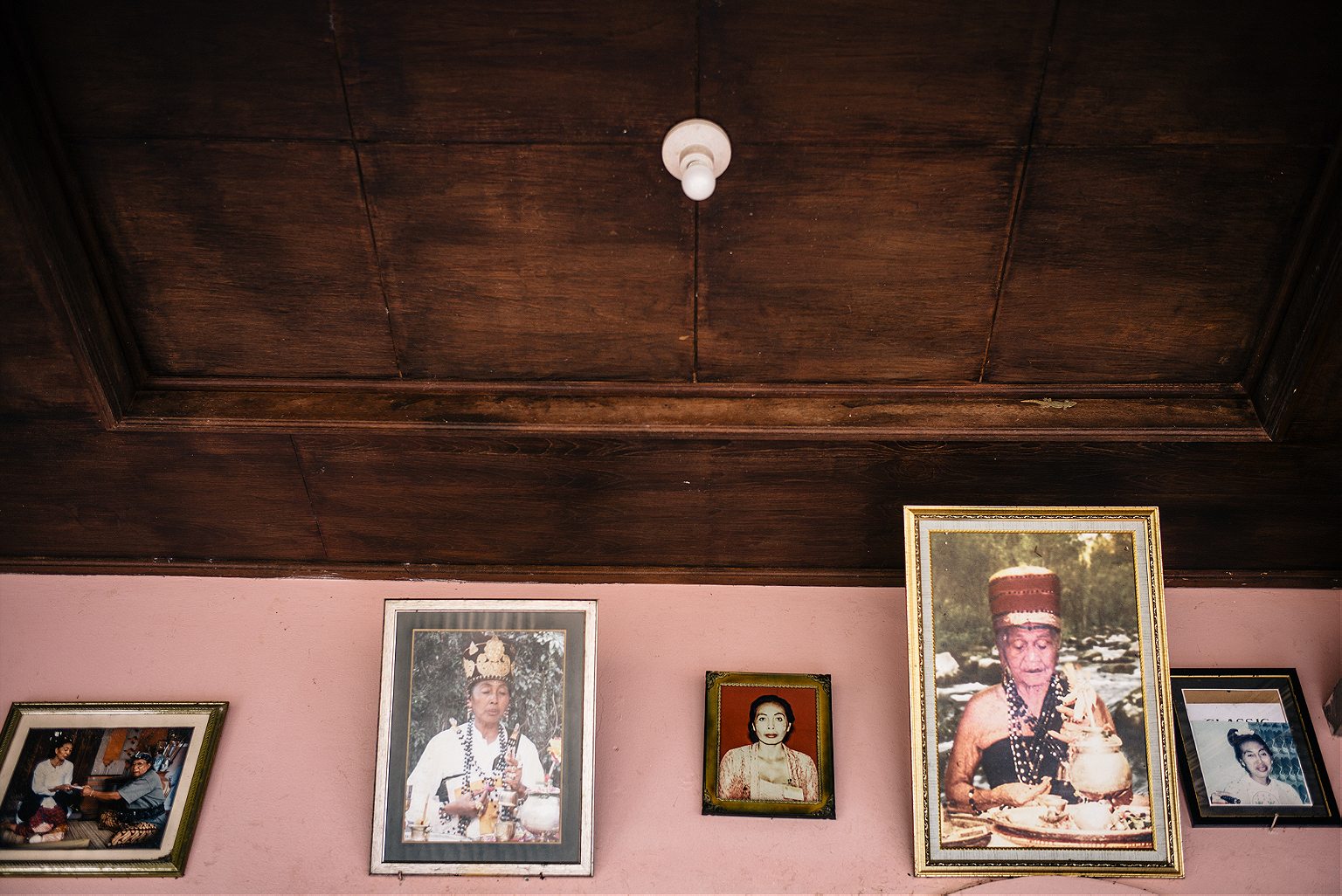
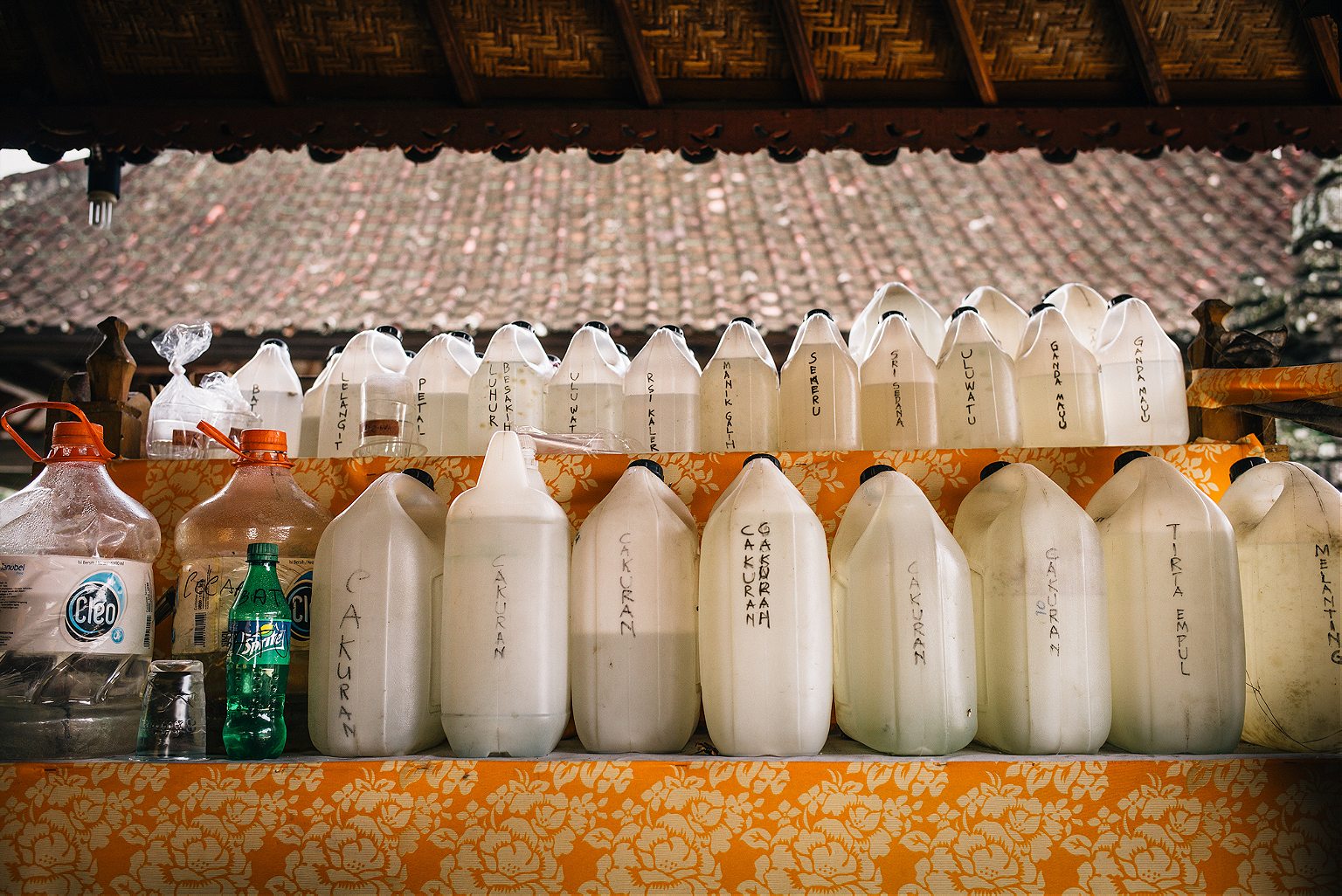
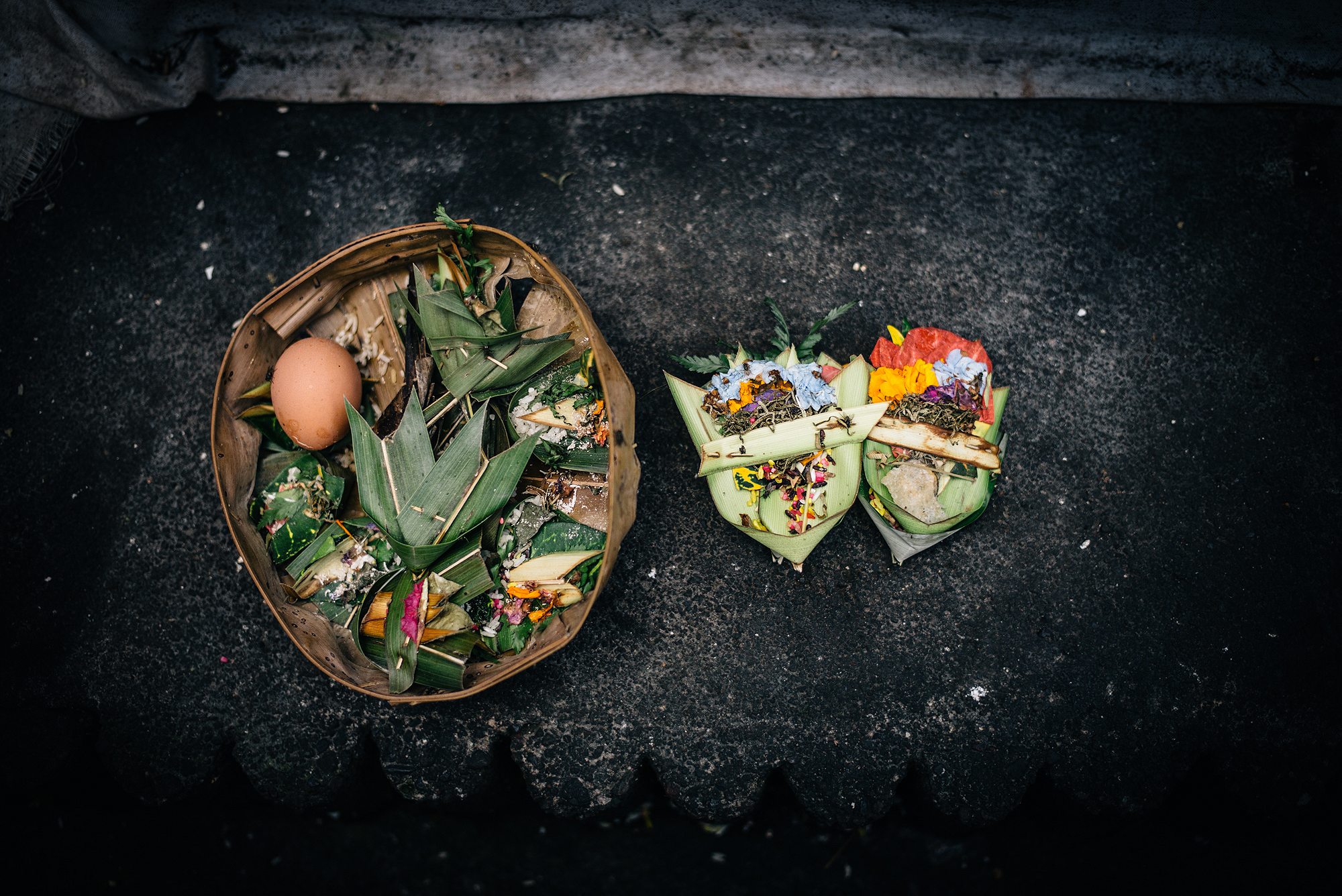
For centuries, the people of Bali have worshipped Hindu gods and developed a unique religion blending animism, a reverence for Buddhist saints, and the worship of ancestors. Priests preside over countless religious ceremonies, including spiritual cleansing, rites of passage, healing ceremonies, blessing building construction, releasing the dead, and placating evil spirits.
The High Priestess is known by everyone here as Ratu Pedanda. When she finally arrived, I noticed her legs were bent, making her walk difficult and hunched. Her hands were long and graceful and covered her mouth when she laughed. She wore a white shirt and a blue sarong, her high forehead and earlobes daubed with a pinch of sacred rice.
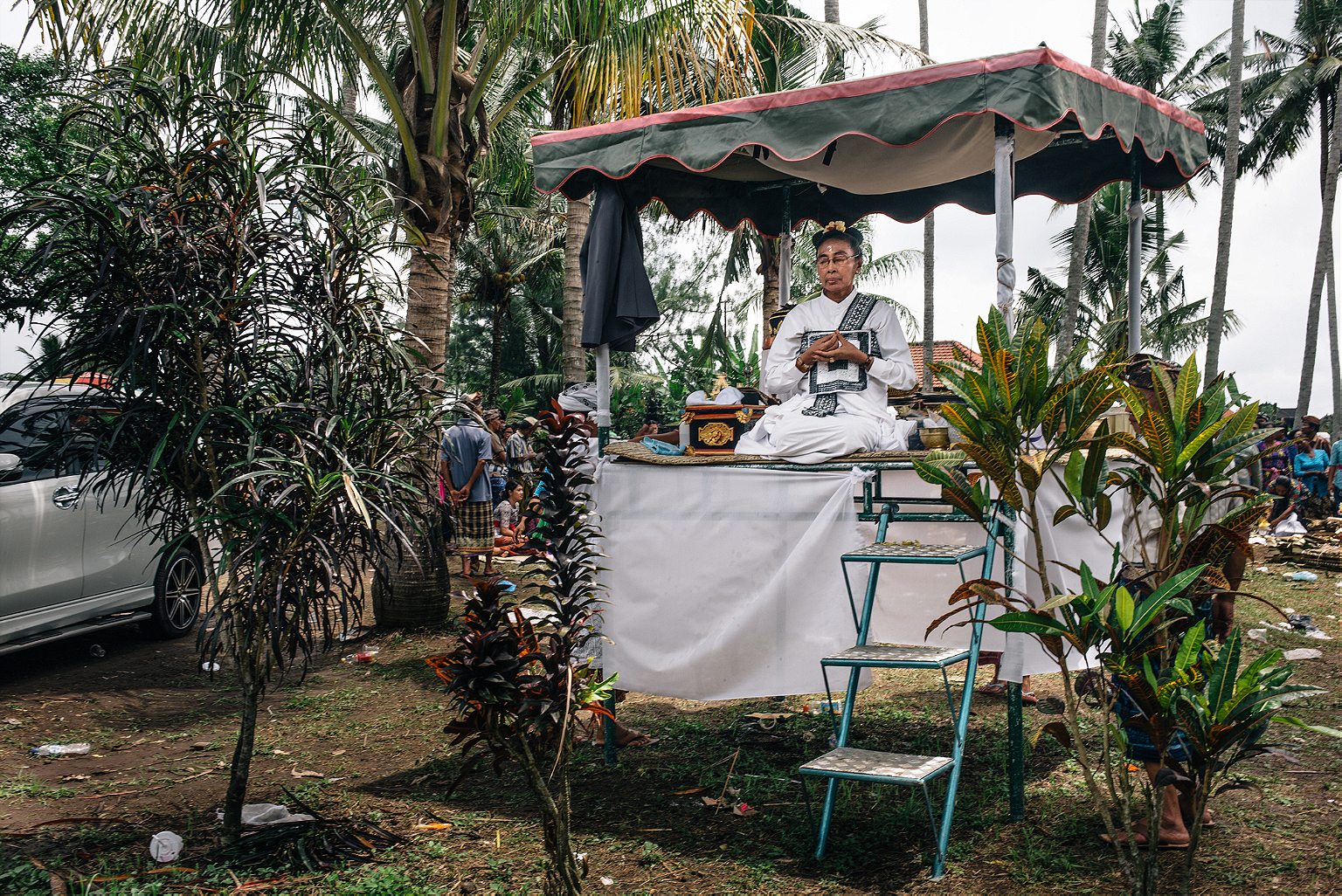
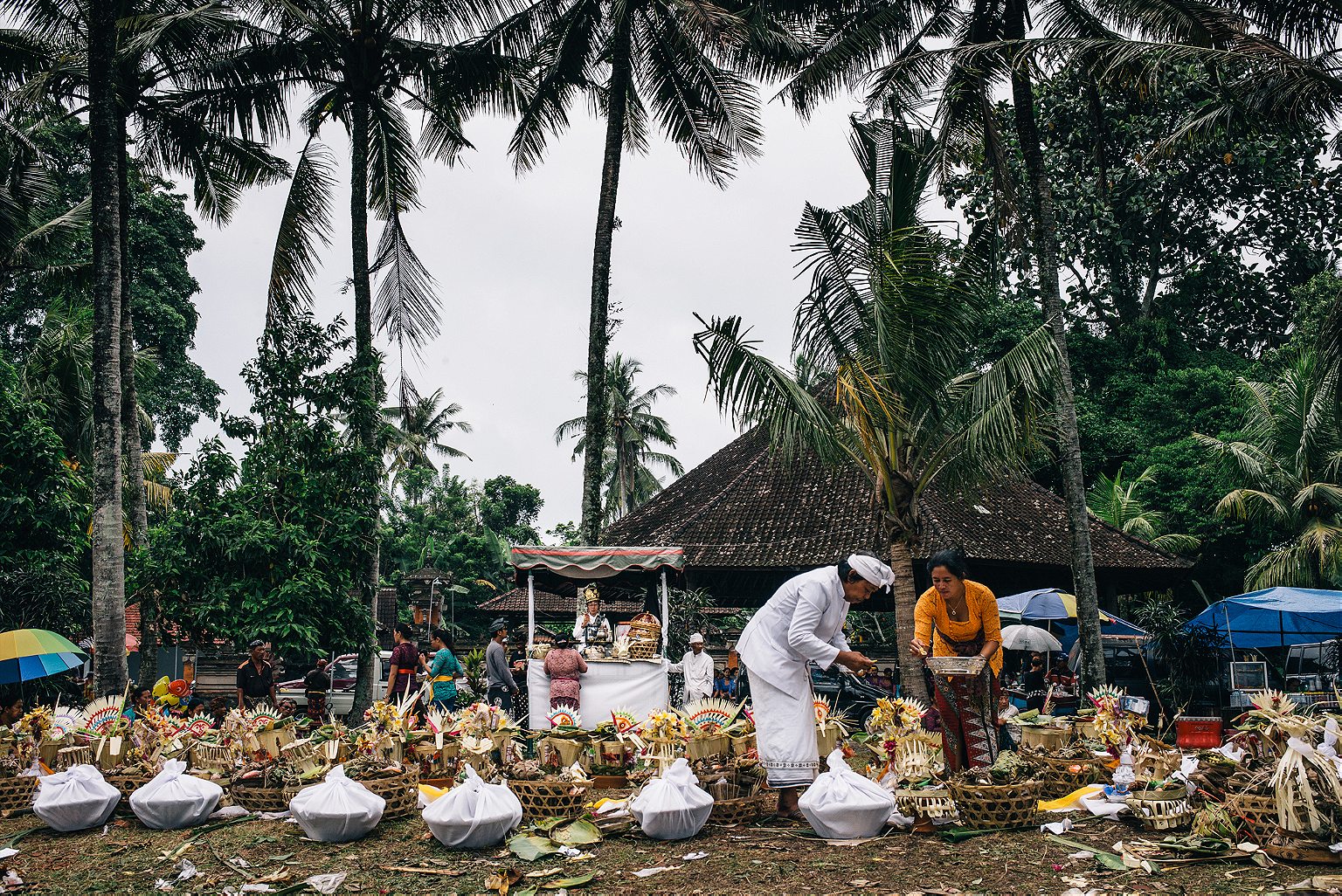
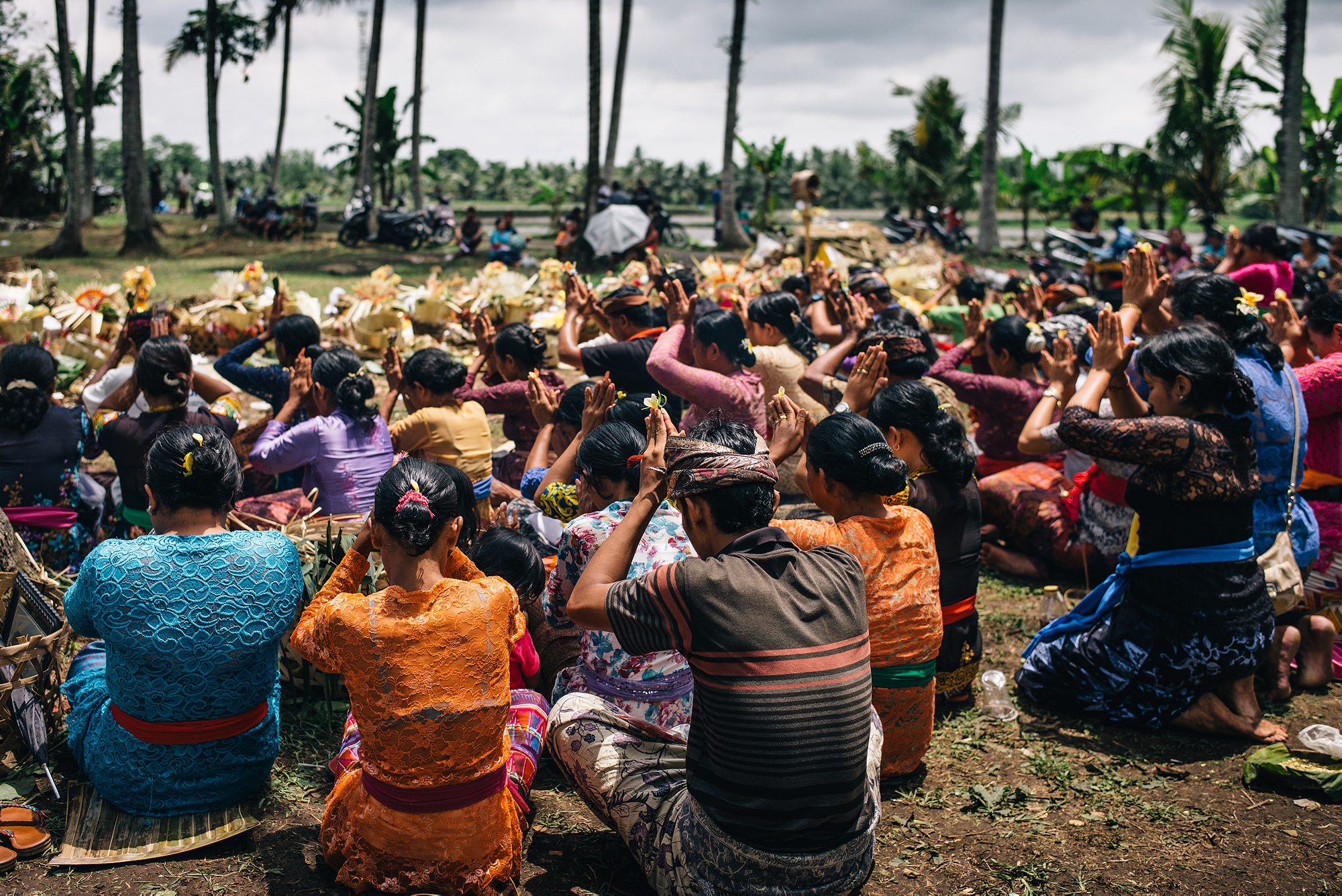
High Priests like her are highly respected in Bali because they can only be selected by elders from the Brahmin caste. The vast majority of them are men. Once chosen, the candidates undergo an initiation with death rites, after which they fall into a coma. In this state they are able to see the path to nirvana. With a splash of holy water, they are reborn as priests.
That morning, as we were sipping tea, Ratu Pedanda invited me to return the next day to photograph her presiding over a mass cremation ceremony at one of the nearby villages. For two days, I shadowed her at home and at ceremonies, documenting what it takes to be a High Priestess.
